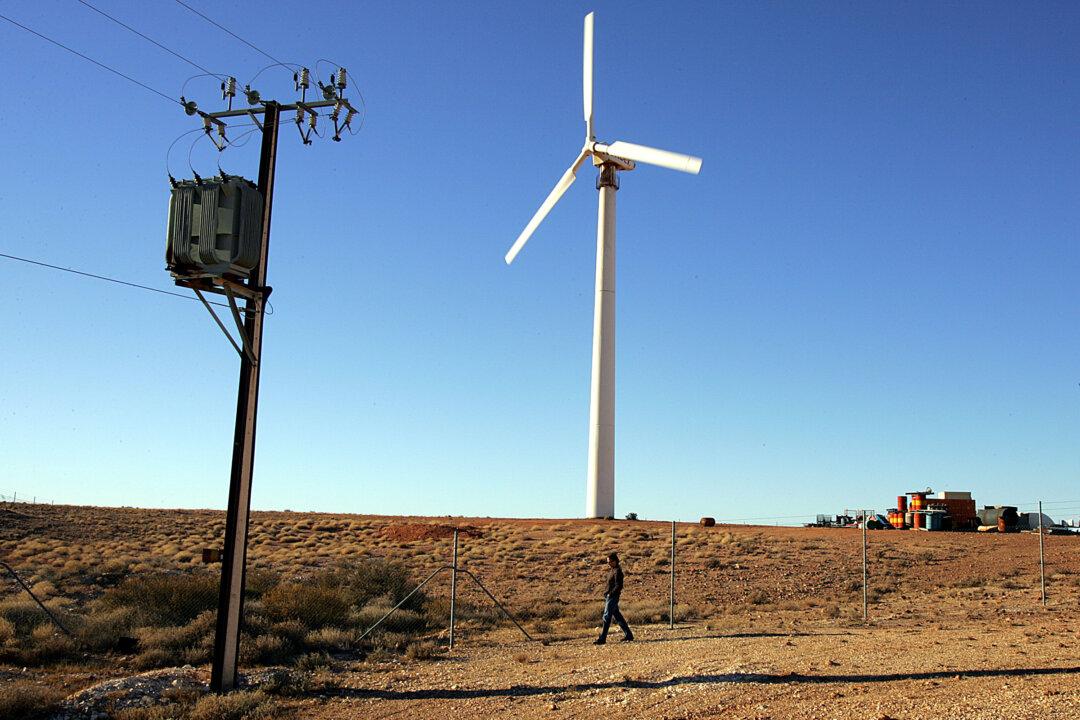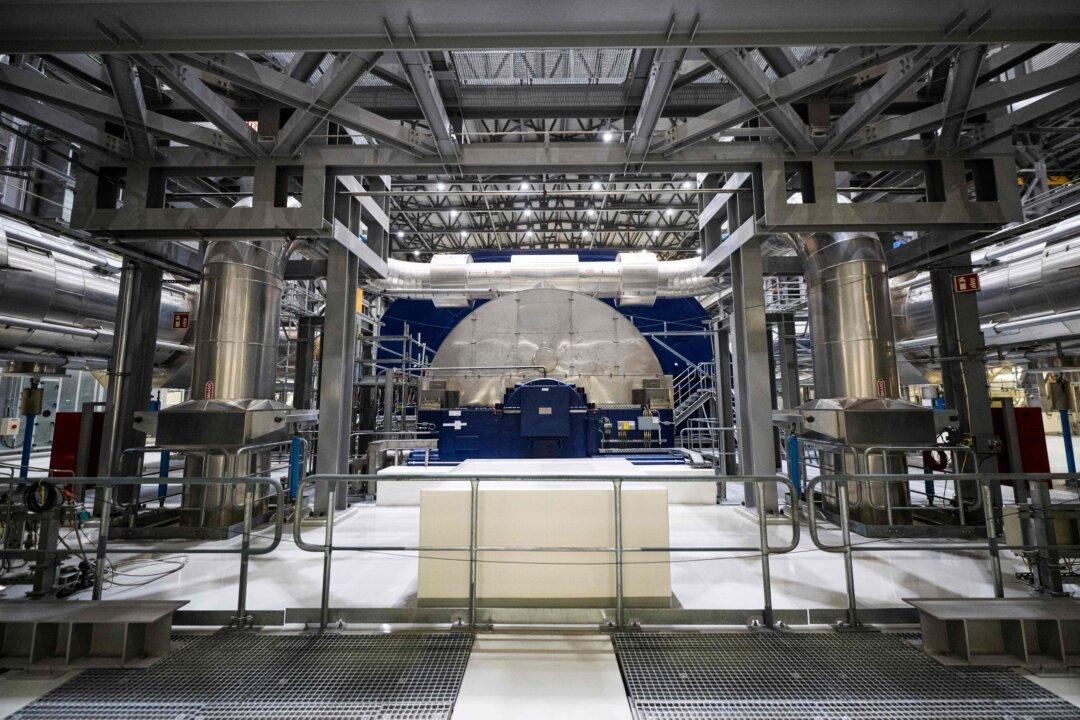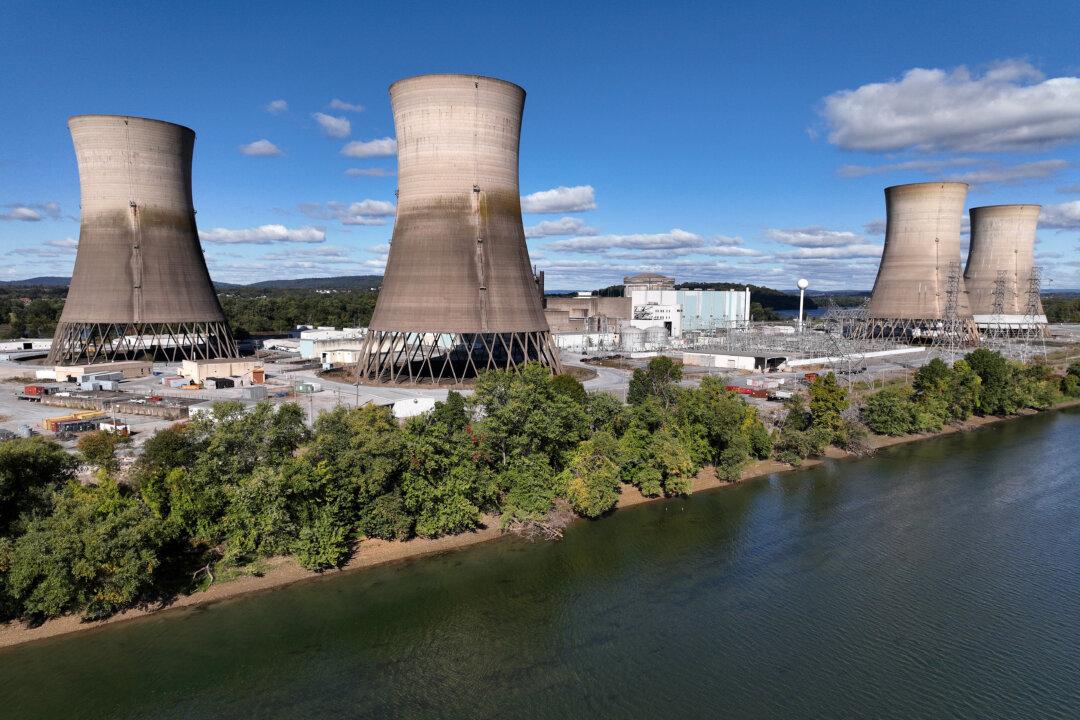Australia’s wholesale electricity prices have decreased considerably after reaching record highs in 2022 due to disruptions from Russia’s invasion of Ukraine, local power station malfunctions and supply issues.
However, the current wholesale prices are still almost twice the amount recorded in the last quarter of 2021.
The reduction in wholesale electricity prices came off the back of a decline in gas prices in the east coast market.
Specifically, the average east coast gas prices reached $17.79 per gigajoule in the 2022 December quarter, down from $26 per gigajoule in the previous three months but still remained higher than the $10.06 per gigajoule recorded in the 2021 December quarter.
The report noted that the coal and gas price caps implemented by the federal government had had a significant impact on wholesale electricity prices.
AEMO executive Violette Mouchaileh said wholesale electricity prices stood at high levels early in the December quarter due to high commodity prices, coal generator breakdowns, and tight gas supply but eventually went down through November and December.
She added that sharp falls in wholesale electricity prices were observed after the federal government announced a temporary cap on wholesale domestic gas and thermal coal markets on Dec. 9.
The Rise of Renewable Energy
The drop in wholesale electricity prices came as Australia saw an increase in renewable generation capacity as new facilities were connected and commissioned.Mouchaileh said there was robust growth in wind and commercial-scale solar output in the December quarter, with the two energy sources now accounting for 20 percent of total electricity generation.

In contrast, black and brown coal-fired generation dropped to the lowest level since the establishment of the NEW as a result of the outages in many power stations, particularly in Queensland.
According to the AEMO, new renewable records were set on Oct. 28, 2022, when 68.7 percent of the electricity on the grid came from renewable sources. The agency said this was due to high levels of household rooftop solar.
At the same time, the report noted a significant decrease in carbon dioxide emissions as more solar and wind displaced coal-fired electricity generation.
Woodside’s Oil and Gas Production Reach Record Levels
In a related development, the energy crisis in Australia prompted leading oil and gas producer Woodside to hit record production levels in the 2022 December quarter.And at the annual level, the company produced 157.7 million barrels of oil equivalent.

Woodside CEO Meg O'Neill said the above figure surpassed the production guidance and was the highest oil production level in the company’s history.
In addition, Woodside supplied 29.4 petajoules of gas to the east coast Australian gas market in the quarter.
The company also celebrated a new milestone when its Pluto liquefied natural gas project delivered 50 million tonnes of products since the facility was established in 2012.
The company said it had put up production guidance of 180 million to 190 million barrels of oil equivalent for the full year 2023.





